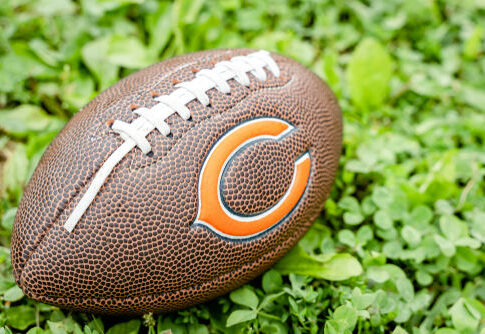Why did a former high school football player turn an office building into a scene of horror, and what does it say about the NFL and the broader issue of sports-related brain injuries?
Shooting Incident at NFL Headquarters
Shane Tamura, a 27-year-old former high school football player from Las Vegas, executed a brutal attack at the NFL’s headquarters in Midtown Manhattan on July 28, 2025. Armed with an M4 rifle, Tamura entered 345 Park Avenue, killing four individuals, including an NYPD officer, and injuring another before taking his own life. The incident has shaken the nation, underscoring the ongoing discussion about the consequences of repeated head trauma in football and the responsibilities of sports organizations.
Investigators are piecing together more details about how a former high school football player who blamed the game for his mental health problems carried out a deadly attack on an office building that is home to the NFL. https://t.co/I2viKBQGia
— NEWSMAX (@NEWSMAX) July 30, 2025
Authorities quickly identified Tamura and discovered a note in which he explicitly blamed the NFL for his mental health struggles, citing chronic traumatic encephalopathy (CTE) as a critical factor. The details of Tamura’s motive have become a focal point for investigators, as they piece together his background and the events leading up to the attack.
Unraveling Tamura’s Motive
The note left by Tamura has propelled the narrative that the NFL bears some responsibility for the deterioration of his mental health. CTE, a degenerative brain disease linked to repeated head injuries, has been a contentious issue for the NFL. The league has faced lawsuits and criticism over its handling of player safety and the long-term risks associated with football. This incident has once again brought these issues to the forefront, with many calling for the NFL to take more responsibility for the well-being of its players, both past and present.
Neuroscientists and sports medicine professionals have long warned about the dangers of repeated head trauma, citing behavioral changes, violence, and suicide as potential outcomes. The tragic event at the NFL headquarters has renewed scrutiny not only on the league but also on the need for better mental health support for athletes.
Impact and Response
The NFL, in response to the attack, has heightened security measures and advised employees to work remotely. Commissioner Roger Goodell has expressed condolences to the families affected and appreciation for the first responders. However, this incident has also fueled public debate over gun control and mental health intervention. Mayor Eric Adams and NYPD Commissioner Jessica Tisch have emphasized the importance of understanding Tamura’s motive to prevent future tragedies.
For the families of the victims, the attack is a source of unimaginable grief and loss. The broader implications extend beyond the immediate trauma—posing questions about the NFL’s role and responsibility in addressing CTE and how society deals with the mental health challenges faced by former athletes.
The Broader Debate
This incident is more than a tragic act of violence; it’s a flashpoint in an ongoing debate about the safety of contact sports, mental health care, and the responsibility of institutions like the NFL. Legal scholars and industry experts are examining the potential liability of sports organizations for the long-term health of their players. Meanwhile, public officials and advocacy groups are pushing for policy reforms related to gun violence and mental health support.
As the investigation continues and new information emerges, one thing is clear: the intersection of sports, mental health, and institutional responsibility is a complex issue that demands attention. The attack on the NFL headquarters is a stark reminder of the consequences when these issues are not adequately addressed, and it serves as a call to action for change.

